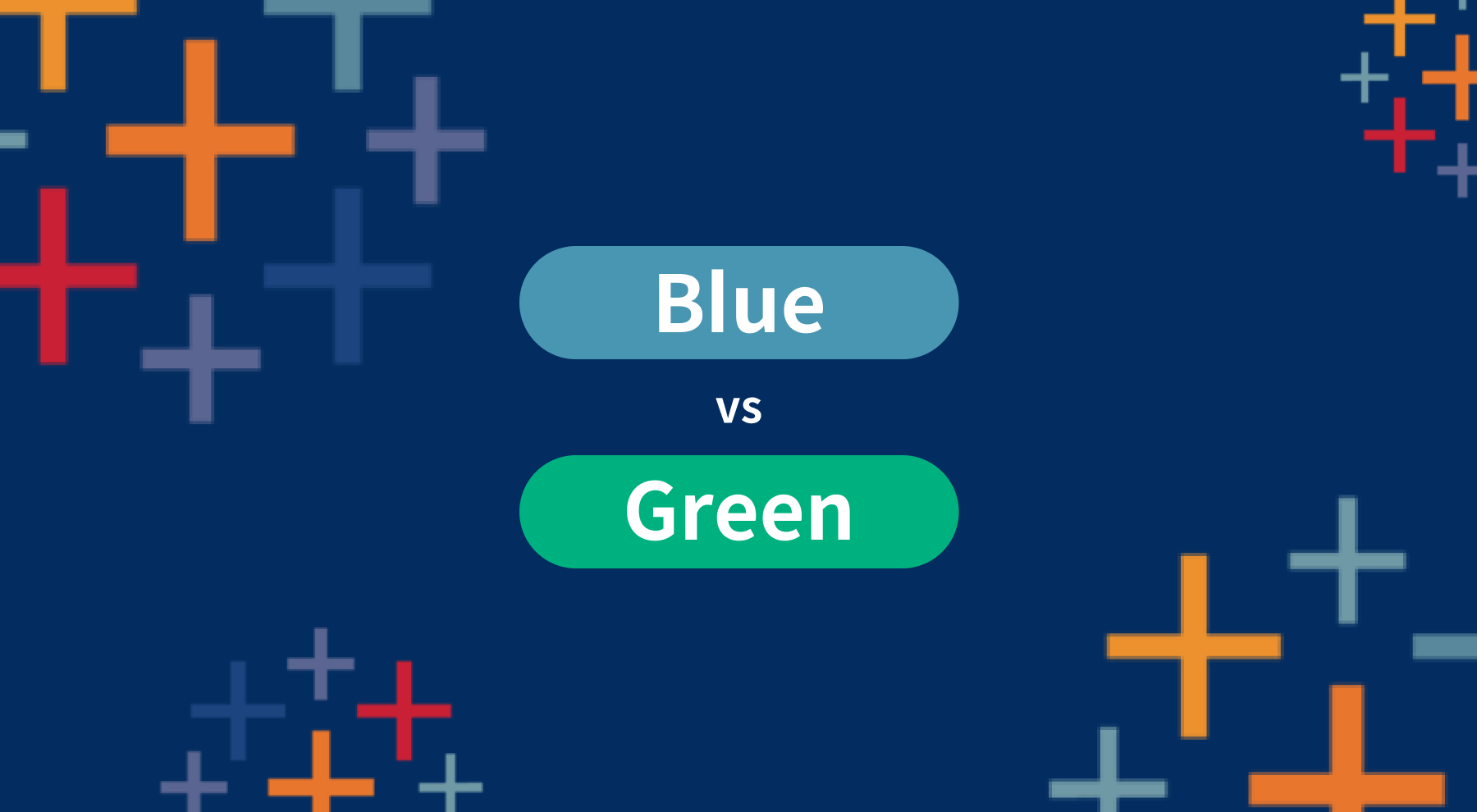Difference Between Blue and Green Fields in Tableau
Many people assume that blue fields are dimensions and green fields are measures. While this assumption often holds true, it’s not technically accurate. In this post, we’ll break down what these colors actually mean and how understanding them can improve your visualizations.

The Meaning of Blue and Green Fields
In Tableau, the color of a field represents whether it is discrete or continuous.
- Blue fields represent discrete fields. These fields are treated as distinct categories or individual items and appear as headers in a visualization. Examples include categorical data such as customer names or regions.
- Green fields represent continuous fields. These fields display a continuous range of values and appear as axes in visualizations. Examples include numeric or date values like sales or order dates.
A key point to remember is that the color of a field does not directly indicate whether it is a dimension or a measure. In fact, a blue field can be a measure, and a green field can be a dimension. The color reflects whether the field is discrete or continuous, whereas the dimension/measure classification depends on the role the field plays in the data.
Field Properties Based on Data Types
The ability to use a field as discrete or continuous depends on its data type:
- String and Boolean fields: These can only be used as discrete (blue). They represent individual items and cannot be expressed as a continuous range.
- Numeric and Date fields: These can be used as either discrete (blue) or continuous (green). For example, a date field can be set to discrete to create bar charts grouped by year, or set to continuous to display a line chart showing trends over time.
To change a field’s property, simply right-click the field and choose “Convert to Continuous” or “Convert to Discrete.”
Impact on Visualizations
Whether a field is discrete or continuous has a direct impact on the type of visualization Tableau generates:
- Discrete fields (Blue): These divide the view into individual items. For example, a bar chart grouped by category uses discrete fields.
- Continuous fields (Green): These display data on a continuous axis. For example, a line chart showing trends over time uses continuous fields.
Therefore, it's important to select the appropriate field property depending on the type of visualization you want to create.
Conclusion
In Tableau, the color of a field represents its property—discrete (blue) or continuous (green)—while dimensions and measures reflect the role of the data. These are independent concepts. You can modify the property of a field as needed to create a wide range of visualizations.
Understanding and utilizing this distinction will allow you to use Tableau more effectively and flexibly.

